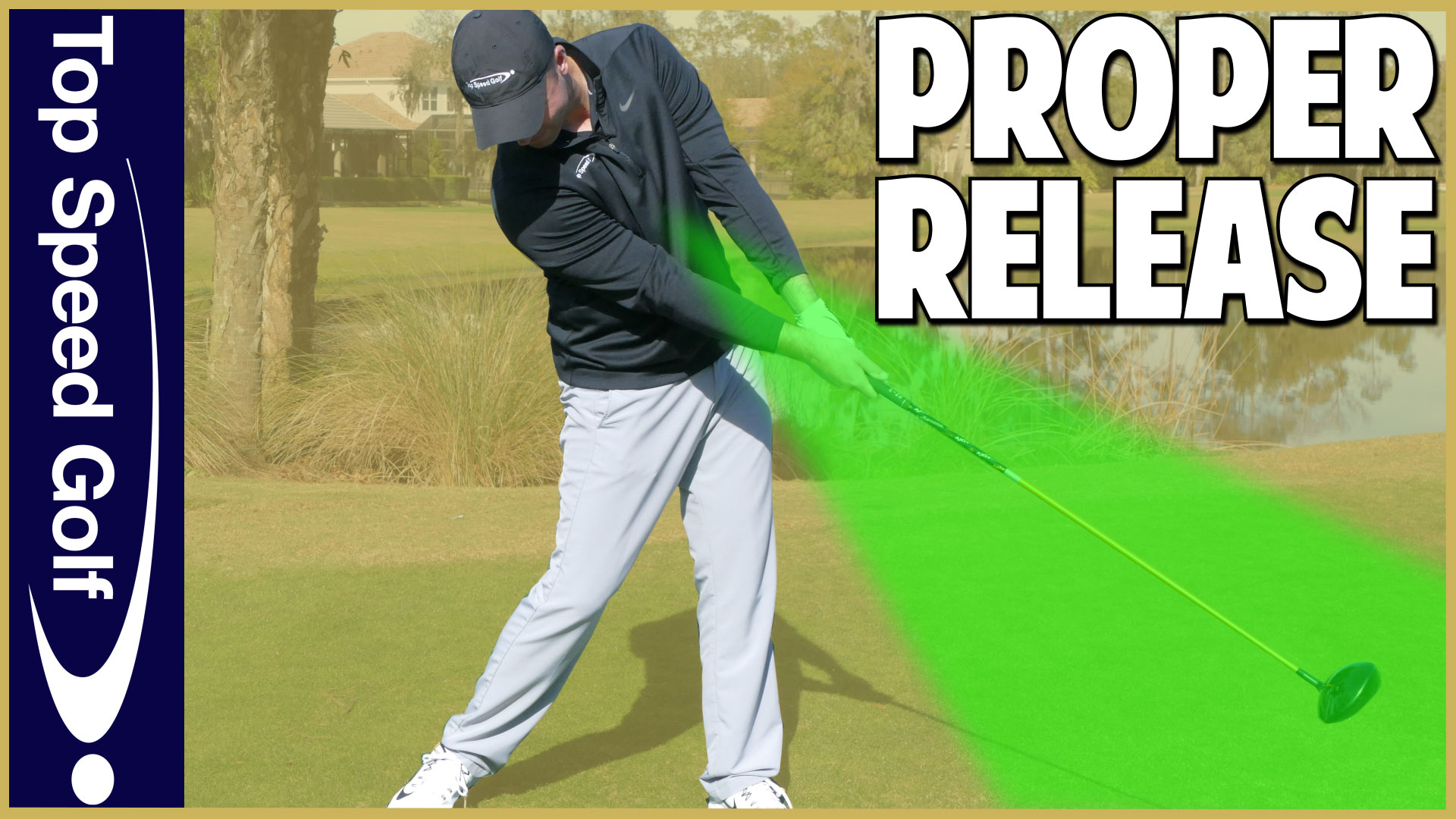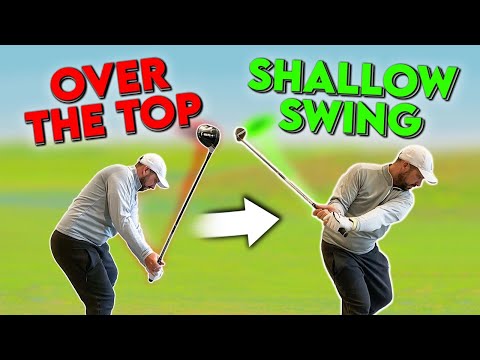
Developing a proper stance is a crucial component of the golf swing. We'll be discussing proper posture and backward bending the upper body in this article. Learn how to increase speed in your golf swing. Once you master these fundamentals you can move on and learn more advanced swing techniques.
Keeping your head down
One of the golf swing basics that is often confused with keeping your head down is keeping your eyes on the ball after impact. Many beginner golfers are excited to see where it goes after impact. As a result, they tend not to keep their heads down. Instead of doing this, you should focus on keeping your head down until the end of your follow-through.
You want to keep your eyes on the ball and not let it drift around during your swing. This will stop you from hitting the ball too hard. This will help you to avoid losing balance in your backswing and make your shot more powerful.
Develop a solid stance
A proper stance is key to a good golf swing. Because it helps you maintain a consistent swing path, a proper stance is crucial. Your knees must be slightly bent, but should not be locked out. Your knees should not be locked out. This will allow you to move with your ball and promote balance and athletic movements.

Your shoulders should be approximately the same width as your golf stance. This allows for better balance, rotation through your back, and more precise shots. You can practice this position on a driving course.
Follow-through: Backward bending the upper body
Backward bending the upper body in the following through is a common mistake made when golfing. While this may not be immediately apparent, this action will produce a slice if not corrected. It's vital to keep the torso in a straight line, with the shoulders and neck straight.
The position of the leading hip differs from that of the trailing. This is because the lead hip moves ahead more than the trailing one. This difference in position is largely explained by the torso concertina motion of the upper body during the golf swing.
Speed up your golf swing
For any golfer, speed is a key goal. While the desire to hit your ball farther than your opponent is strong, you also need to maintain balance and form while swinging. You can learn how to create speed in your golf swing by learning how to shift weight and maintain width in your takeaway.
Creating speed in your golf swing begins with a smooth transition from the backswing to the downswing. The club shaft will rest during this transition, which stores energy. Casting from the top may also impact your distance. Therefore, you will need to use the body to propel the ball through the air with speed.

Correct alignment of your feet
When you're swinging a golf club, it's crucial to align your feet properly. Your shot will take shape based on the alignment of both your feet and your shoulders. This is something that many golfers struggle to master. It can be the difference between a straight shot, and one that is pushed to the pin.
First, make sure your front foot aligns perfectly with your backfoot. Ideally, your front foot should line up with the ball, and your back foot should be about shoulder-width apart. You can now focus on your posture after you have properly aligned the feet. Your hips should be bent slightly at the hips and your knees should be slightly bent. You should also make sure that your palms face the target line.
FAQ
How often do I need to play golf?
It depends on how much time you have available. Most people recommend that you practice two times per week.
You should aim to play at least four times a week if your goal is to become an expert player.
What is the difference of a driving range versus a putting course?
Driving ranges allow players to hit balls at distances between 50 and 300 yards. For putting practice, players can use putting greens.
What skills do I need to play golf well?
No. You only need a pair or walking shoes, a towel, as well as a few clubs.
What is a bogey?
A bogey can be described as an imaginary number that is used by golfers to set a goal. It is not an actual part of the game. However, it can be used to keep track of scores. The player who shoots closest to the number wins the hole.
Jock Hutchison (the first professional golfer from Scotland) invented the idea of a Bogey. The idea was formed while he was playing at home.
He wanted to keep track on how he was doing against his own self, so he wrote a number down on a piece o paper and stuck it to the wall above him bed. This became known as "Hutchy Bogey."
Statistics
- In the United States, women made up 25 percent of golfers in 2021, which was up from 19 percent in 2011, and junior female golfers account for 35 percent or 1.1 million golfers.[50] (en.wikipedia.org)
- He shanked the first attempt, but it is estimated his second went more than 200 yards (180 m).[52]Golf courses worldwide. Below are the top 20 countries with the most golf courses as of 2019.[53]CountryNumber of (en.wikipedia.org)
- They do this by means of assessing and rating courses according to the average good score of a "bogey golfer," a player with a handicap of around 20. (en.wikipedia.org)
- In the United States, the number of people who play golf twenty-five times or more per year decreased from 6.9 million in 2000 to 4.6 million in 2005, according to the [51] (en.wikipedia.org)
External Links
How To
How to Hit the Perfect Bunker Shot
A bunker shot, a type or golf shot that aims at a particular spot on the green (the holes) to ensure your ball hits the ground without bouncing off of the surface, is one example. This is done by taking advantage if the green slopes. The goal is to direct the ball as far as possible towards hole.
Golf is all about finding the best line to get to your goal point. You have to consider several factors such as how much distance away you are from the target, what kind of terrain you're hitting through, whether the ball needs to bounce off the ground or fly straight, and even weather conditions.
First, understand the basics of bunker shooting. To start, determine whether your bunker shot is going uphill or lower. If you're looking uphill, you will need to use a drawing tool. If you're facing downhill, you'll need to swing with a fade. Next, you'll need to figure out how fast you need to move your body in order to stop the ball from bouncing off the green. You can do this by measuring the angle between the ball and the direction you're traveling. Finally, you'll need to know the size of the bunker you're aiming at.
Once you've figured these things out, you can start swinging. Swing hard enough to let the ball go past the face of the club head but slow enough to keep it from bouncing off the green, just like you would when making any other shot. Once you have established the correct speed and trajectory for your shot, you can then begin to plan your approach. Approach the ball slowly until you are close enough to see the landing area. Next, you should take one final look at the ball before you release it. If all goes according plan, you will be able to make a perfect bunker shot.